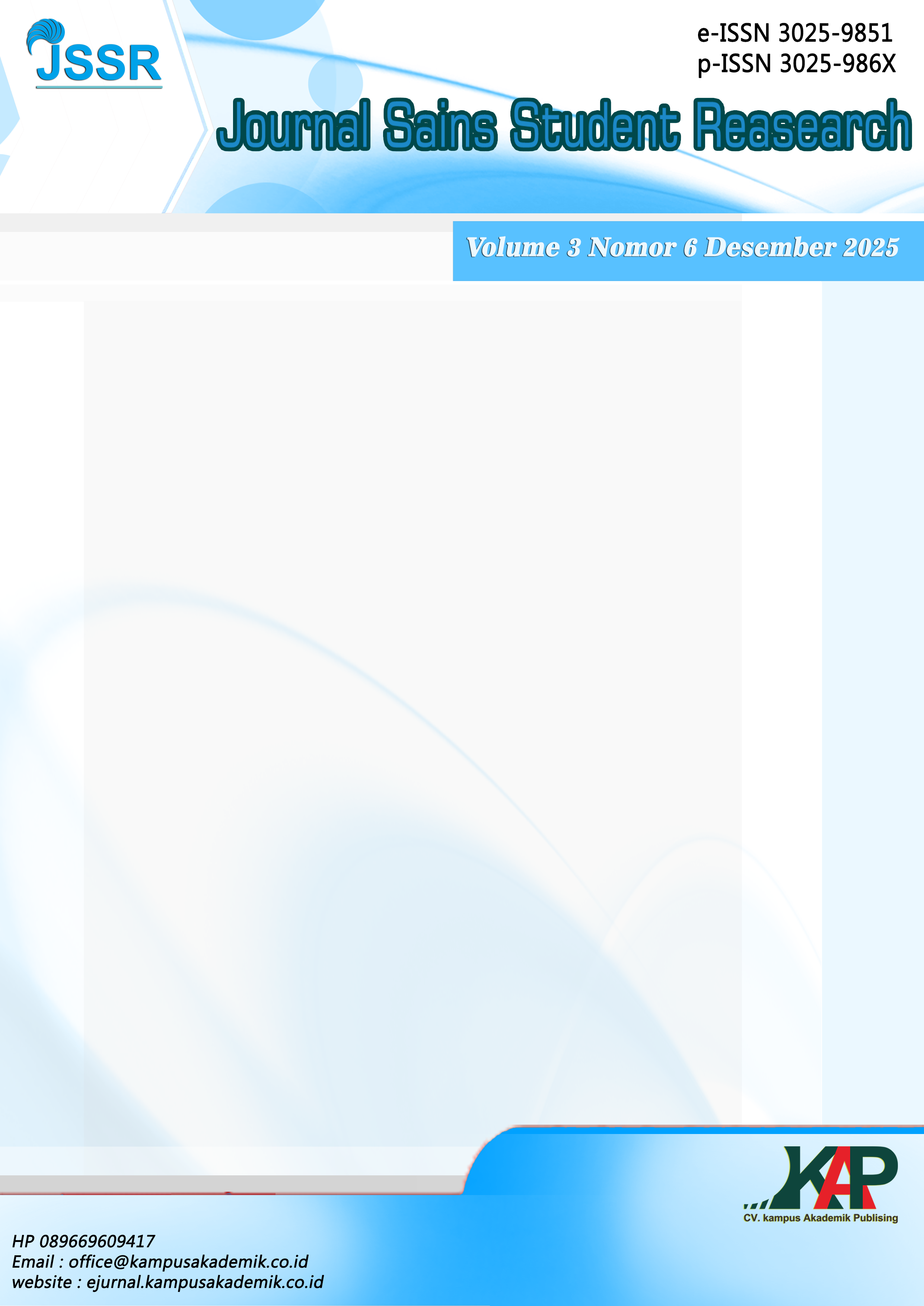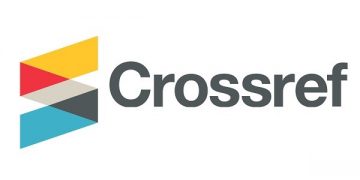KESADARAN PENGGUNAAN ARTIFICIAL INTELLIGENCE DITINJAU DARI NILAI MORAL PANCASILA PADA MAHASISWA SEMESTER I KELAS C SISTEM INFORMASI UNIVERSITAS JEMBER
DOI:
https://doi.org/10.61722/jssr.v3i6.7078Keywords:
Artificial Intelligence, Student Awareness, Technology Dependence, Critical Thinking, Digital Learning, Technology EthicsAbstract
The rapid advancement of Artificial Intelligence (AI) significantly influences students’ learning behavior, including the potential for dependency and a decline in critical thinking skills. This study aims to assess the level of awareness, usage patterns, and perceptions of students in the Information Systems Program, Faculty of Computer Science, University of Jember regarding the impact of AI on academic activities. A descriptive quantitative method was employed by distributing a Likert-scale questionnaire to 30–50 randomly selected students. The research instrument was validated through content validity by experts and tested for reliability using Cronbach’s Alpha. Data were analyzed descriptively using frequencies, percentages, and mean scores. The findings indicate that students possess a strong understanding of AI concepts and benefits, particularly in enhancing learning efficiency and productivity. However, they also recognize risks such as dependency, weakened critical thinking, ethical concerns, and potential data misuse. Overall, the study concludes that the use of AI among students must be balanced with digital literacy, technological ethics, and appropriate regulation to ensure intelligent, critical, and responsible utilization
References
Rahman, F., & Suryani, N. (2022). Ketergantungan mahasiswa terhadap AI dalam era digital: Analisis empiris di perguruan tinggi. Jurnal Pendidikan Teknologi Informasi dan Komunikasi , 12(1), 78-95
Sari, DP, & Widodo, A. (2023). Penggunaan kecerdasan buatan dalam pembelajaran mahasiswa: Studi kasus di Universitas Indonesia. Jurnal Teknologi Pendidikan , 15(2), 45-62.
Braun, V., & Clarke, V. (2006). Using thematic analysis in psychology. Qualitative Research in Psychology, 3(2), 77–101.
Creswell, J. W., & Poth, C. N. (2018). Qualitative inquiry and research design: Choosing among five approaches (4th ed.). SAGE Publications.
Etikan, I., Musa, S. A., & Alkassim, R. S. (2016). Comparison of convenience sampling and purposive sampling. American Journal of Theoretical and Applied Statistics, 5(1), 1–4.
Kvale, S., & Brinkmann, S. (2015). InterViews: Learning the craft of qualitative research interviewing (3rd ed.). SAGE Publications..
Downloads
Published
Issue
Section
License
Copyright (c) 2025 JOURNAL SAINS STUDENT RESEARCH

This work is licensed under a Creative Commons Attribution-ShareAlike 4.0 International License.













